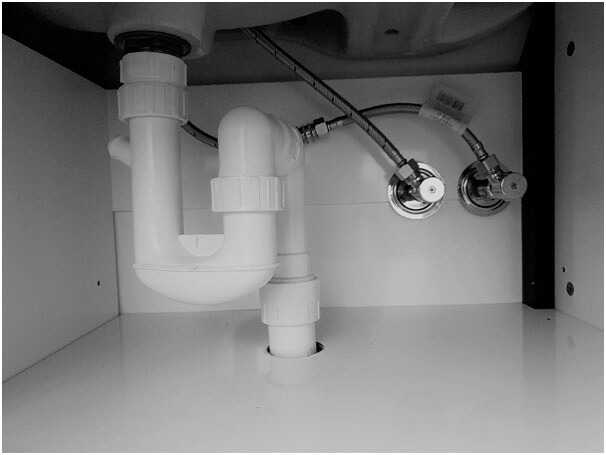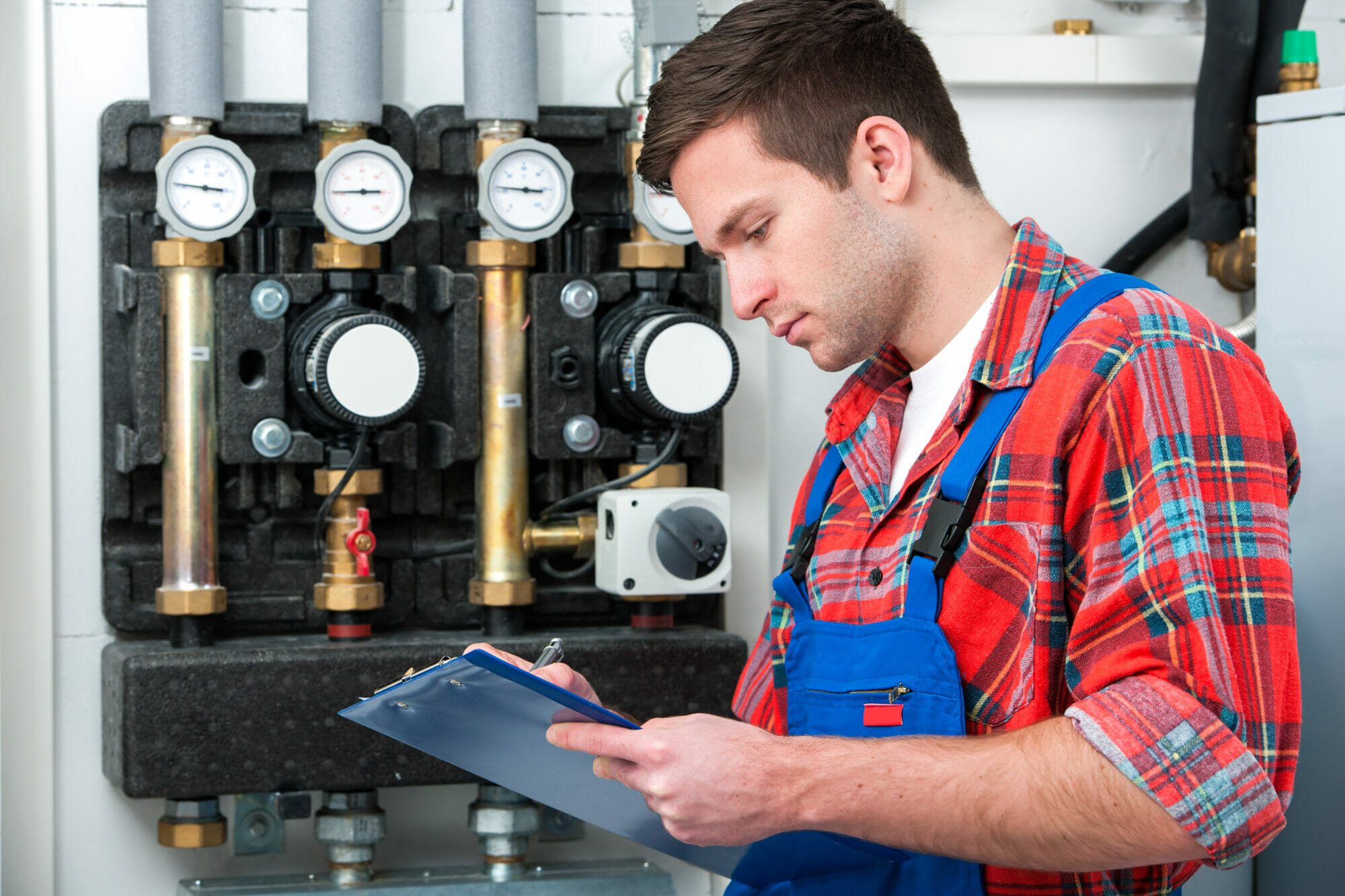Why Proper Ventilation is Key in Plumbing Systems
Why Proper Ventilation is Key in Plumbing Systems
Blog Article
What're your opinions with regards to What Are Plumbing Vents and Why Are They Important??

Appropriate air flow in plumbing systems is frequently ignored, yet it is crucial for maintaining the performance and security of your home's plumbing. Ventilation assists control atmospheric pressure, stop the build-up of unsafe gases, and guarantee the efficient removal of waste. In this overview, we will certainly explore the value of proper pipes air flow, how it works, and the benefits it offers your plumbing system.
How Air Flow Functions in Plumbing Systems
Air Pressure Regulation
Appropriate air flow preserves balanced atmospheric pressure within the pipes system. When water streams with pipes, it displaces air. Without adequate ventilation, this variation can create unfavorable stress, causing reduce drains or siphoning of water from traps, which can create undesirable odors to seep right into the home.
Preventing Drain Gas Accumulation
Among one of the most critical functions of plumbing vents is to avoid drain gases, such as methane and hydrogen sulfide, from collecting within the home. These gases can present major health and wellness threats and are extremely flammable. Vent pipes allow these gases to get away securely outside.
Assisting in Waste Removal
Air flow helps in the effective elimination of wastewater by avoiding airlocks in the water drainage system. When air can flow easily with the vents, it enables water and waste to move smoothly through the pipes, decreasing the threat of blockages and back-ups.
Benefits of Correct Ventilation
Boosted System Effectiveness
Correctly aerated plumbing systems run more effectively, with less clogs, faster draining pipes, and much less strain on the pipelines. This efficiency prolongs the life-span of the pipes system.
Improved Air Top Quality
By preventing sewage system gases from entering your home, correct air flow contributes to much better interior air top quality, making your living setting healthier and much more comfy.
Stopping Water Damages
Appropriate ventilation assists avoid water from being siphoned out of traps, which can bring about drain gases going into the home and creating water damages with time.
Actions to Ensure Correct Air Flow
Consulting Plumbing Codes
Constantly consult regional pipes codes when developing or modifying your plumbing system. These codes give the needed guidelines for proper airing vent and ensure your system satisfies safety requirements.
Regular Examination and Maintenance
Normal evaluations can aid determine possible air flow problems prior to they come to be major issues. Upkeep tasks, such as cleaning up air vent pipes and checking for obstructions, are essential for maintaining the system in good working order.
Expert Installment
For brand-new setups or major adjustments, it's a good idea to hire a professional plumbing technician. They have the know-how to make certain the air flow system is appropriately created and set up according to code.
Comprehending Ventilation in Pipes
Air flow in plumbing refers to the network of pipelines that enable air to flow via the drain system. These vents serve numerous objectives, including managing atmospheric pressure within the pipes, preventing drain gases from entering the home, and aiding in the smooth circulation of wastewater.
Types of Pipes Vents
Key Stack Vent
The main stack vent, also called the air vent stack, is the main vent in a plumbing system. It prolongs from the major drain line up through the roofing, permitting gases to get away and fresh air to enter the system.
Branch Vent
Branch vents attach to the main stack air vent and serve specific components, such as sinks, commodes, and showers. These vents make certain that each component has adequate ventilation to operate correctly.
Air Admittance Valve (AAV).
An Air Admission Valve (AAV) is a one-way valve that allows air to enter the pipes system without the demand for a typical air vent pipeline expanding via the roof. AAVs are generally made use of in improvements or locations where setting up a conventional air vent is not practical.
Indicators of Poor Ventilation in Pipes.
Slow Draining Fixtures.
If your sinks, bathtubs, or bathrooms are draining slowly, it could be an indicator of bad air flow. Inadequate air flow can create a vacuum result, making it hard for water to drain pipes correctly.
Gurgling Sounds.
Gurgling sounds coming from drains pipes are usually an outcome of air being drawn via water catches because of adverse pressure in the pipes. This is a clear sign of inadequate air flow.
Undesirable Smells.
Sewer odors inside your home are a red flag that your pipes system is not correctly ventilated. This might suggest that sewage system gases are not being effectively aired vent outside, resulting in potentially dangerous conditions.
Common Air Flow Blunders.
Insufficient Vent Sizing.
Making use of small vent pipelines can cause inadequate air flow and pressure discrepancies in the system. It's necessary to use vents that satisfy the particular demands of your plumbing system.
Improper Vent Positioning.
Positioning vents too far from the components they offer can minimize their effectiveness. Correct positioning ensures that air can flow easily and successfully with the system.
Ignoring Code Requirements.
Building ordinance offer details guidelines for plumbing air flow. Disregarding these codes can cause a system that fails to work appropriately and may cause pricey fixings or carcinogen.
Verdict.
Proper ventilation is an important part of any kind of pipes system, ensuring that it functions efficiently and securely. By comprehending the value of ventilation, identifying the signs of inadequate ventilation, and taking actions to preserve your system, you can prevent pricey issues and secure your home's air top quality.
4 Things You Should Know About Your Plumbing Vents
What Plumbing Vents Are
Also called a vent stack, a plumbing vent is a vertical pipe attached to your drain line that runs through your roof. The plumbing vent pipe, or plumbing air vent, removes gas and odors from your plumbing system and allows fresh air to enter the pipes, helping the water to flow out of the drain pipes.
What Plumbing Vents Do
Plumbing vents have two basic functions. One of which is to allow unpleasant smelling wastewater and sewer gasses to escape your plumbing system instead of entering your home. Plumbing vent pipes are typically located on roofs, away from windows, to ensure the fumes exit the home completely.
The other function of the plumbing vent is to move fresh air into your plumbing system. This helps move water through every plumbing fixture in your house, like toilets and sink drains. Think of the way in which you need to let a little air into the bottle as you pour soda in order to make the drink flow smoothly.
Different Types of Plumbing Vents
True vent: This is the most common vent option. In simplest terms, a true vent is a vertical pipe attached to your drain line that exits through the roof. They often function as the main vent that other fixtures can connect to. Re-vent pipe or auxiliary vent: Attached to the drain line near specific plumbing fixtures, re-vent pipes run up and over to connect to the main vent. Common vent: Two plumbing fixtures installed on opposite sides of a wall are typically tied into the vent stack using something known as a sanitary cross. Wet vent: This venting option operates as a drain pipe and a vent at the same time. Wet vent drainage systems drain water from one fixture while venting the air from another. Although they’ve been used for over 100 years, wet vent systems have only recently been added to the plumbing code in many areas. If you’re planning on installing one in a bathroom remodel, make sure you check your local code prior to construction. Loop vent: For free-standing fixtures like kitchen island sinks, loop vents are ideal. These vent pipes run under the floor, rise from the P-trap, and create a loop inside the cabinet sink. Air admittance valve: An AAV is a one-way mechanical valve typically installed at the site of the plumbing fixture. AAVs allow venting to occur without having to tie into a larger venting system. They’re ideal for venting fixtures where you aren’t able to easily connect to an existing vent system. Common Plumbing Vent Issues
Although vent pipes typically don’t have water flowing through them, they’re still subject to many typical plumbing issues. For example, clogs are one of the most common problems associated with sewer vent pipes. If your vent pipe gets clogged, all of your plumbing fixtures tied into the vent stack will be affected.
A sink with a slow drain that bubbles and gurgles or a strong sewage smell around your toilet are both indicators that your toilet vent pipe is clogged. Because most vent pipes exit through the roof, old leaves, twigs or even a bird’s nest could be clogging the pipe.
Clogs in your vent pipe system cause a buildup of negative pressure, meaning that water won’t be able to flow out of your home very well. It’s similar to putting your finger over the opening of a straw to trap water inside. When you remove your finger, the water is able to flow out of the straw.
If you suspect you have any blockage in your vent, make sure you have a professional come examine the situation. Left unchecked, a blocked air vent can lead to other costly repairs, like leaks and sediment buildup.
Under Pressure
Pipe vents are essential aspects of a home’s plumbing system. Owning a home means learning about all sorts of things you never put much thought into before. But by understanding as much as you can about the important systems of your home, you can keep those budgets intact and those anxiety levels low.
https://www.homeserve.com/en-us/blog/home-improvement/plumbing-vents/

Do you really like reading up on What Is a Plumbing Vent and Why Is It Important? Create a remark down the page. We will be happy to listen to your thoughts about this piece. In hopes to see you back again later on. Sharing is nice. You never know, you will be helping someone out. I thank you for reading our article about The Upsides of Proper Ventilation in Plumbing Design.
Schedule Today! Report this page